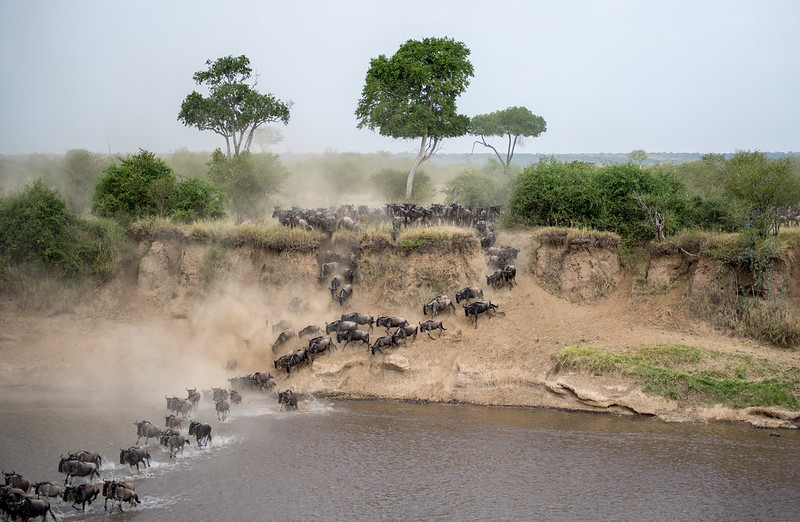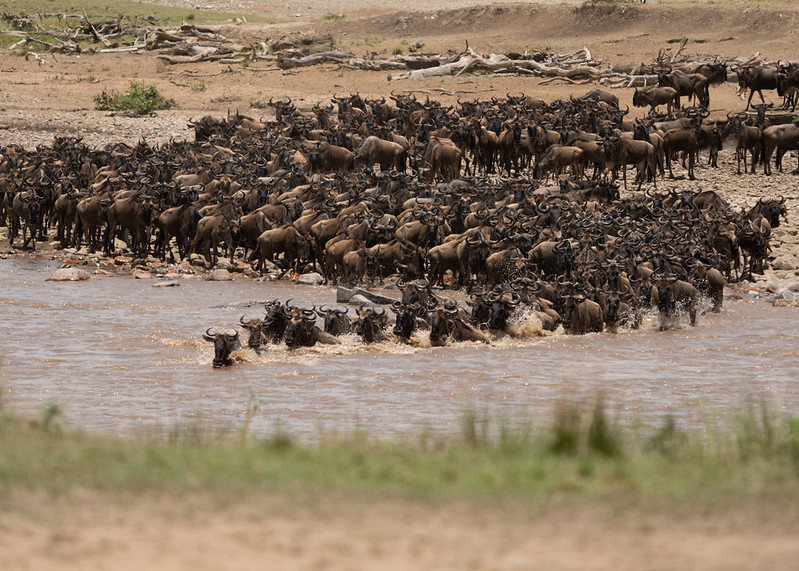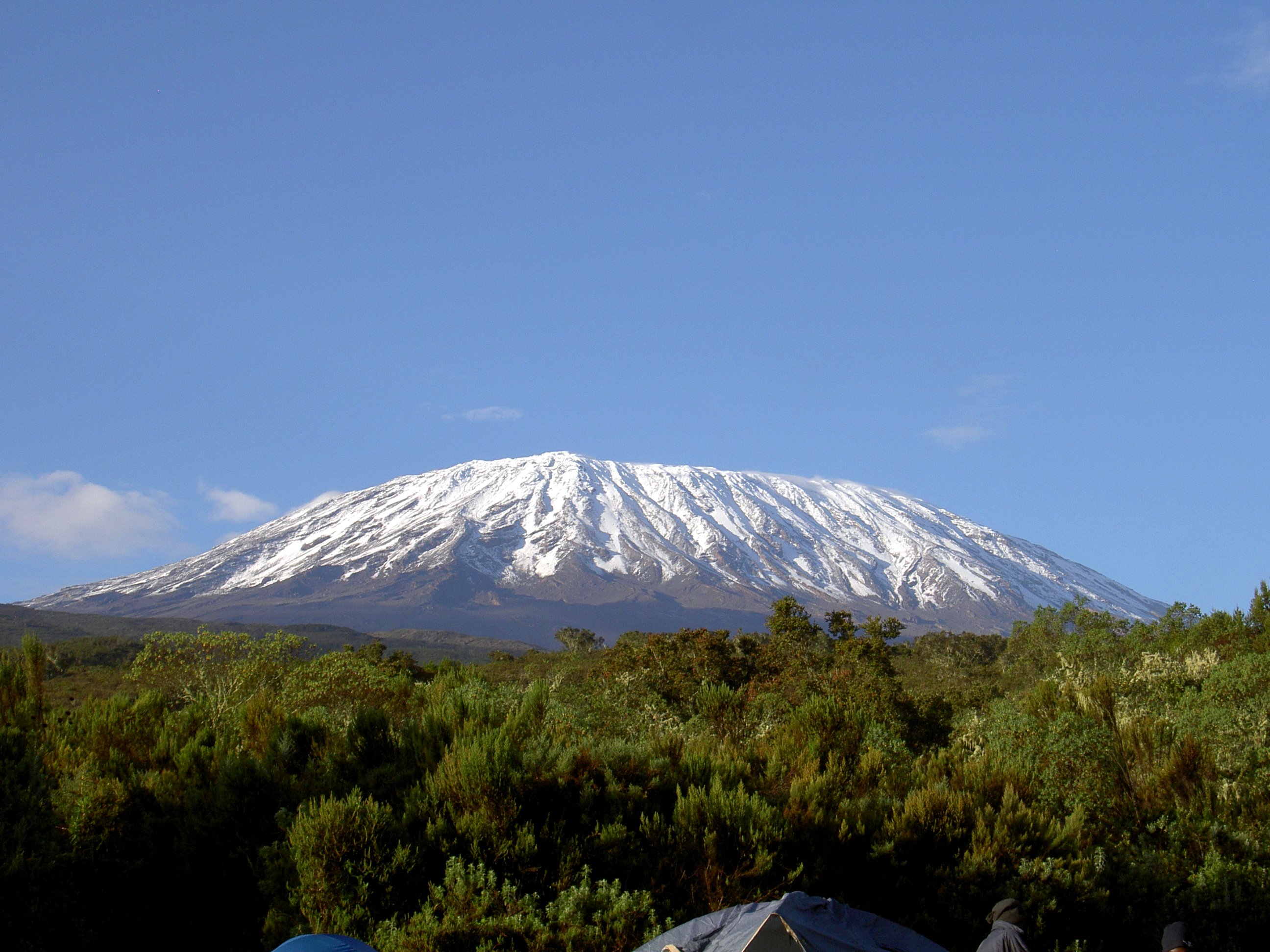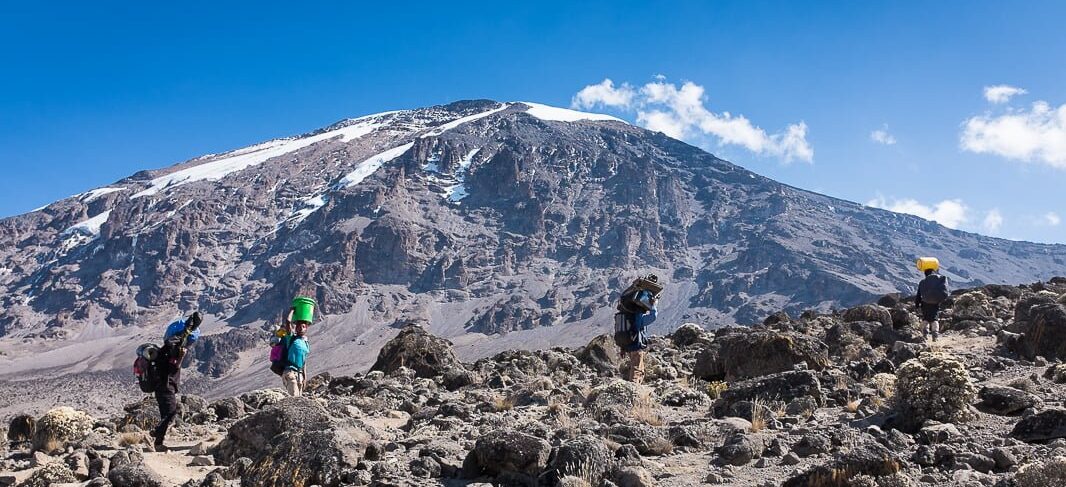About Masai Mara & conservancies
About Masai Mara & conservancies
Masai mara is one of Kenya’s most famous and important wildlife conservation and wilderness areas in Africa, Masai mara is the largest national game reserve situated in Narok in Kenya. Its boarders Serengeti national park in Tanzania thus creating a consistent wildlife corridor. Maasai Mara, also sometimes spelled Masai Mara and locally known simply as The Mara, derived its name from the Maasai people who where the first inhabitants of the area who migrated to the area from the Nile Basin, they lived in the area for years and later Mara area was gazetted in to a national conservation.
Their description of the area when looked at from afar: “Mara” means “spotted” in the local Maasai language, due to the many short bushy trees which dot the landscape.
Maasai Mara is one of the most famous and highly visited by many tourists in Africa, renowned for its exceptional populations of lion, leopard, cheetah and African bush elephant. It also hosts for the Great wildebeests Migration from Serengeti in to Masai Mara. Masai mara is therefore, considered as one of the Seven Natural Wonders of Africa, and as one of the ten Wonders of the World.
The Greater Mara ecosystem encompasses areas known as the Maasai Mara National Reserve, the Mara Triangle, and several Maasai Conservancies, including Koiyaki, Lemek, Ol Chorro Oirowua, Mara North, Olkinyei, Siana, Maji Moto, Naikara, Ol Derkesi, Kerinkani, Oloirien, and Kimintet.
Great Migration to close encounters with African big cats.
The Masai Mara is a must-see for every safari traveller in Kenya. Having a number of attractions ranging from wildlife, different bird species Masai Mara is one top notch destination you ought to visit to experience one in a life time greatest safari, while in Mara, you take on close up and personal encounter with animals on a thrilling jeep safari among the area’s you will see lots of game including the lions, cheetah, leopard, elephants, buffalos and other wildlife. The Masai Mara National Reserve & conservancies never fail to excite you. Your great adventure starts moment you enter the Mara gate with stunning view of wild game, Masai Mara has got a booming population of various animal species.
The wildebeest migration is one of the best times of the year to visit Masai Mara when millions of animals are seen crossing the Mara River in to Masai Mara from Serengeti in Tanzania. so exciting watching the predators catching their prey and also challenges crossing the river infested with a lot of crocodiles waiting to attack.
Why visit Masai Mara?
Close your eyes and envision. Masai Mara is known for the highest concentration of wild animals in the world. More than 40% of Africa’s larger mammals can be found here, the conservation entices of a gentle rolling savannah stretching out as far as the eye can see, infested with countless wildebeest and zebras grazing lazily right in front of you. The feeling is humbling and inspiring all wrapped into one.
However, there’s more to the Masai Mara than endless plains. Aside from the main Masai Mara National Reserve proper there are a dozen community conservancies, several group ranches and quite a few Maasai villages in the area offering the best tourist attractions and great experience among the many national conservations in Africa.
Masai Mara conservancies
The Greater Masai Mara area is made up of the Masai Mara National Reserve, an unfenced reserve where animals are free to roam, but it also consists of several conservancies. These pieces of land are privately owned by Maasai families. Safari lodges lease the land from the Maasai which gives these Maasai families the chance to invest in their communities by funding education or development initiatives. From time to time, you will see Maasai farmers and their grazing cattle at the conservancies. The introduction of these conservancies has been a win-win situation for the environment and the Maasai. Land that was once overgrazed by cattle is now being rewilded and the Maasai can invest in their communities through their earnings from the conservancies. Learn more about the different Masai Mara conservancies.
The Great Migration in Masai Mara
Every year from July through October, the Masai Mara hosts one of the most spectacular wildlife shows on earth, famously referred to as the Great Migration. The sight of so many animals dotting the plains, the rolling savannah’s sunburnt grasses become a habitat to more than 1.5 million zebra, wildebeest and antelopes, this involves the great trek of animals from the Serengeti to the Masai Mara in search of greener pastures and water. Despite the other activities, the Great Migration is unique to the Serengeti and the Masai Mara. There are no guarantees, but if you would like to witness this breath-taking spectacle at the Masai Mara it requires you to know the best time of the year when this great migration happens.
Mid July: the herds are seen entering the Masai Mara area via Mara River crossing. Crocodiles and hippos living on the banks of the Mara River are the dangers the wildebeest and zebra encounter upon crossing the river. The predators on the other hand are on the lookout for prey.
September – October: this is the time of year in which you will see a mind-blowing number of wildebeest feeding on the endless plains of the Masai Mara.
African Big Cats
During migration season African big cats come to life. The endless stream of migrating prey offers the big cats a seemingly endless buffet of meal options. Lions, leopards and cheetahs grow stronger during this time of year and are able to have healthy little ones with plenty of food to grow. There are quite a few lion prides in the Masai Mara that have lived in the area for decades. Females are permanent members of the pride; however, the male lions tend to get chased out of the group by other male lions. At night you may even hear a deep roaring of male lions warning other males to stay away from their territory. For the best chance of seeing a lion is early morning or late afternoon they are coming out or returning early morning from the previous hunt.
Masai Mara landscape; Masai Mara national reserve
Masai mara national Reserve derived its name from the long inhabitant of the area, the Masai Mara was named in honour of the Maasai people, the ancestral inhabitants of the area. The word ‘Mara’ means ‘spotted’ in the Maasai (Maa) language. Comprising of short bushy trees that dot the landscape do give it a kind of ‘spotted’ look. When you visit the Masai Mara national conservation, you will have a clear picture of how this area got its name. The Greater Masai Mara ecosystem is massive. It amounts to almost 1510 square kilometres. The area is bordered by the Serengeti in the south and to the north, east and west lie Maasai ranches. Although the riverbanks of the area’s three rivers (The Sand, Talek River and Mara River) are lined with shrubs and trees, most of the reserve is made up of open grassland spotted by an occasional flat-topped acacia tree. There are two distinct rainy seasons in April – May (the long rains) and in November – December (the short rains).
History of the Masai Mara
The Masai Mara was originally established in 1961 and at the time it consisted of only 520 square kilometres (which included the Mara Triangle). Later the amount of land covered in the sanctuary expanded and in 1974 the area received National Reserve status. A portion of the land was returned to local communities and currently the Mara ecosystem consists of 1,510 square kilometres. The Maasai people have always relied on their land to feed their cattle and to provide their families. Thanks to the establishment of the reserve as a protected area for the conservation of wildlife and wilderness and the areas designated as conservancies, the Maasai are able to sustain their way of living and improve their quality of life.




